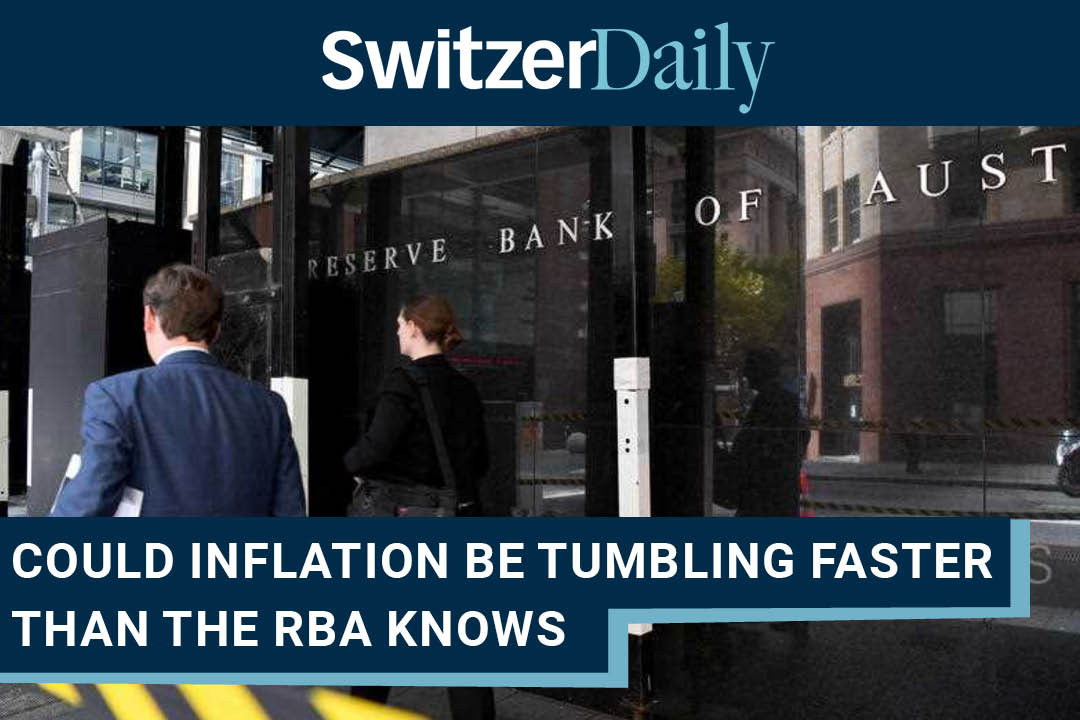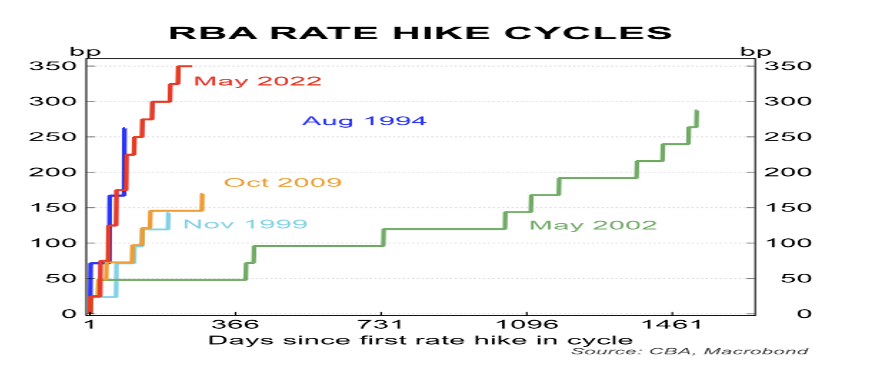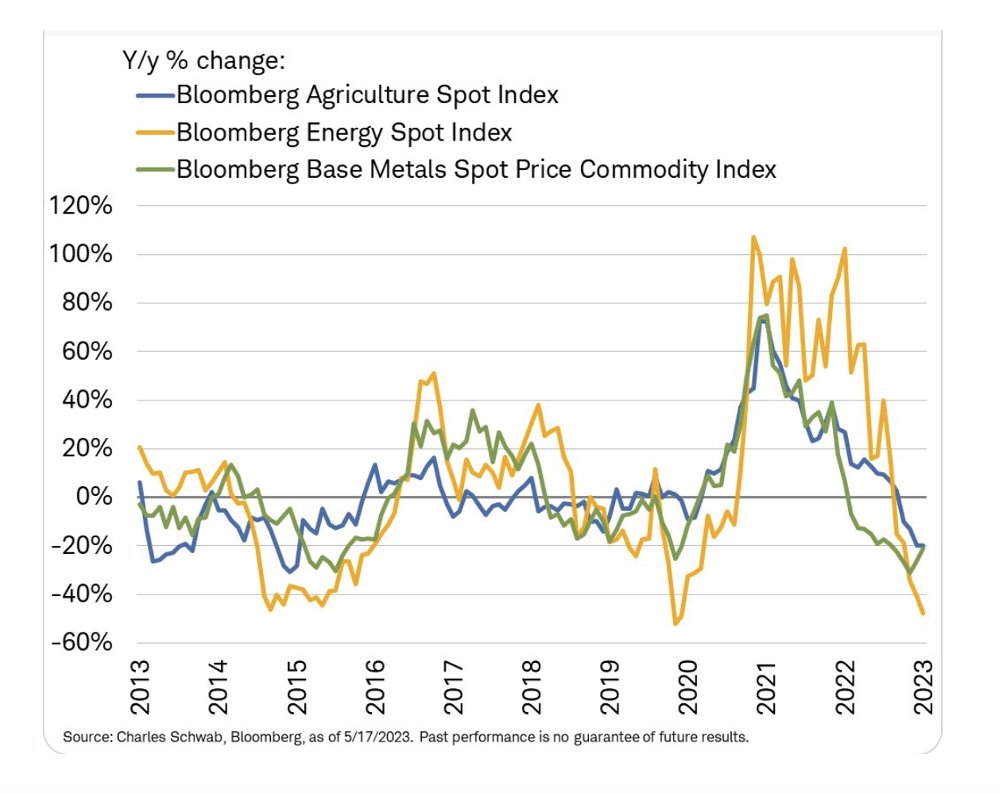

The economy (and anyone worried about the reckless Reserve Bank) got bad news over the past two days. The bad news was that the most important local economic data drops of the week — wage rises and unemployment — probably weren’t bad enough. This means that the less-than-reserved Reserve Bank could hit us with another rate rise in June or August.
We needed to see the bad news of smaller-than-expected wage rises and a bigger jump in unemployment, but it didn’t happen. That said, the rise in unemployment from 3.5% to 3.7% could buy us a pause from the RBA next month, but I think Dr Phil Lowe should gamble that he's done enough to KO inflation.
The CBA’s economic team thought 3.85% would be the terminal cash rate in this interest rate cycle. I must admit I have wondered why they used the word “terminal”. Were they saying it’s the last rise and the end of the section, a bit like a terminus for a bus route? Or are they suggesting it would be the rate rise that could be like a terminal illness for the economy?
Economists working for banks don’t tend to be as rude as commentators like yours truly, but there could be a bit of cheekiness in the selection of that word. You see, unlike a lot of normal people, economists know the RBA’s Dr Phil Lowe and his board have no reliable script for raising interest rates to kill inflation.
They are using old scripts or rule books based on very different circumstances. This inflation came from:
You might think that the latter has happened before so central banks should know how each rate rise affects rents and other prices, but this time it is different. Why?
First, the RBA has never started with a cash rate of 0.1%!
Second, they’ve never raised interest rates so quickly and aggressively over such a short period of time. This chart below shows it — check out the red line!

Third, we’ve never had so many people on fixed rate home loans, which reduces the bang from interest rate rises. Fixed rate home loans used to be 15% of the total, so 85% were variable. When the RBA raised rates, they hit a lot more people more quickly than now. Following the pandemic, 40% of home loans were fixed, so the 11 rate rises so far haven’t hurt enough spenders. That’s why the mortgage cliff, which steepens around June/July, should reduce the ability of consumers to spend and that should really cut into inflation.
Fourth, even when economies weren’t as different as they are today, the RBA has told us that monetary policy tightening can work with six months to two-year lag before we see the full damaging effects of rate rises!
And let me now add to all the new aspects of our current economic situation that I’ve listed above. Now throw in the work-from-home trend, which not only changes spending patterns, it even increases the costs of production because employers have to accommodate higher insurances, cyber insurance and the associated digital costs.
While I’m at it, let’s recognise that we all have two new addictions that are not only costly but pervasively grow in their intrusion into our lives and spending — mobile phones and streaming services!
With all this on board, this is a fair question to ask:
“Could inflation be tumbling faster than the RBA knows, making more rate rises crazy?”
Overnight, well-known economist Steve Koukoulas pointed to the work of Bloomberg and others in the chart below, which made him tweet: “Pretty obvious inflation is in free fall — A lovely chart!”

This shows international prices are dropping like stones, so when you add in the likely effects of the mortgage cliff to the delayed lagged effects of 11 interest rate rises in less than a year, you have wonder if a cash rate of 3.85% should be the terminal rate.
This week, employment fell by a small 4,300, which at least wasn’t expected. Unemployment rose from 3.5% to 3.7%, which was a ‘good’ rise but still not enough to scare the RBA out of more rate rises.
This followed the wages number on Wednesday that showed growth of 0.8% over the March quarter. This was softer than expected by a consensus of economists and the RBA.
This week’s news should stop a June rate rise and if this trend of bad news keeps getting worse, then we might have seen the last jump in home loan repayments for those who’ve overborrowed and are coping with life with a variable interest rate home loan.